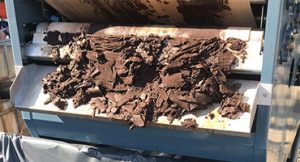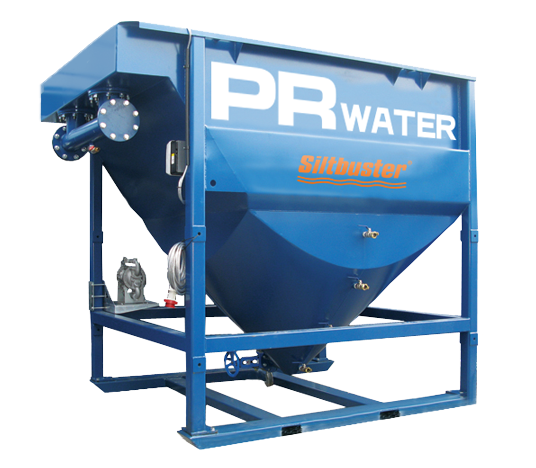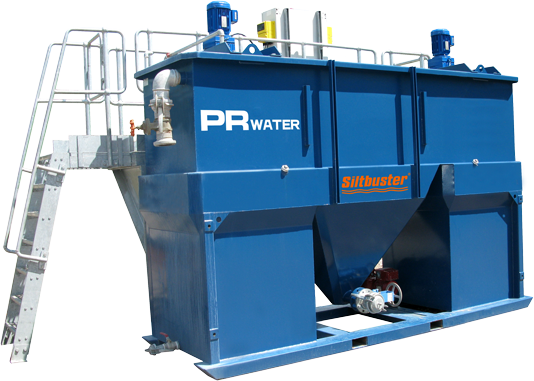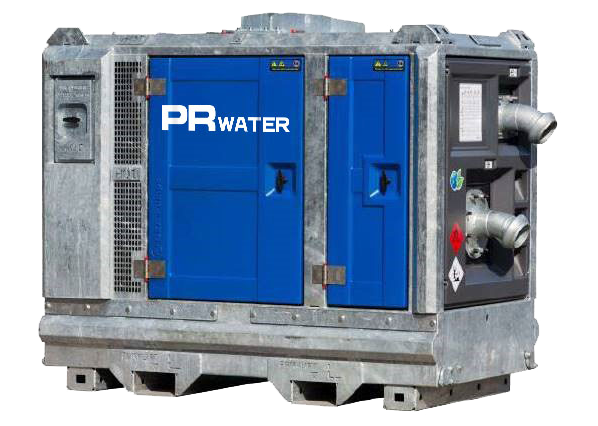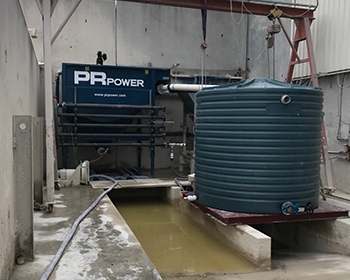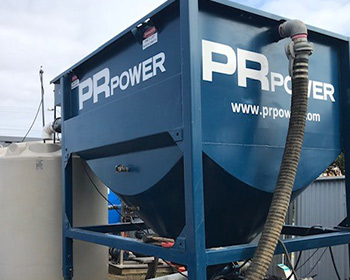Understanding Sludge Waste Management
Industrial wastewater treatment processes result in sludge and slurry. Sludge is generally denser than slurry, with both containing differing amounts of wet and solid components.
- The chemical composition of industrial sludge and slurry depends on the initial wastewater elements and the treatment method used. Commonly, it will contain hazardous and/or non-hazardous materials such as: debris, heavy metals, water, mud, oils and biosolids. For sludge or slurry that is rich in biosolids, it may be reused for agricultural purposes. Biosolids normally contain nutrients, trace elements and organic matter which makes it ideal for agriculture.
- Sludge is categorised into 3 types being: primary sludge, waste activated sludge and chemical sludge. The type of sludge and its composition will dictate the required treatment method to dispose of it safely.
Cost Effective Sludge Disposal
With sludge and slurry being the result of wastewater treatment, the less water leftover in the sludge, the better.
- To reduce disposal costs as part of your Waste Management Plan, it’s important to consider the water content to determine the final sludge volume. Once the final sludge volume is determined, cost effective disposal options can be reviewed.
- Prior to disposal, sludge and slurry storage includes bulk or small containers, holding tanks and drums. Sludge harvesting and processing solutions include: settling ponds, large cooling towers, sludge farms and eventual tank cleaning. The final disposal may include a belt press for large quantities to dry the sludge eventuating in a cost effective ‘sludge cake’ or if the sludge contains biosolids it can be repurposed as compost for use in agricultural processes. Finally, sludge incineration eradicates sludge efficiently and is another cost effective solution for large volumes of sludge.
PROJECT SUPPORT AND MAINTENANCE |
||
CONTRACTING
|
CONSULTANCY
|
EQUIPMENT SALES AND RENTAL
|
| SUPPORT | ||
Project Success
|
Ongoing
|
|

